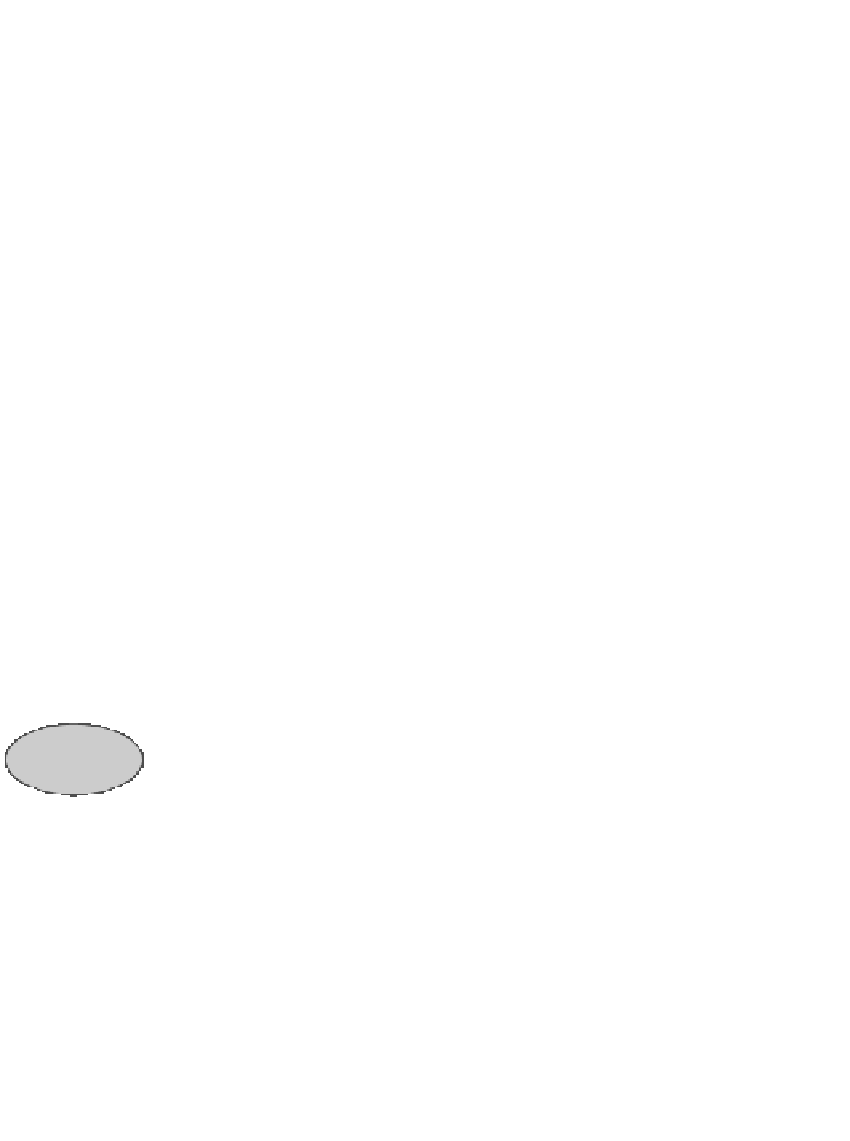Java Reference
In-Depth Information
that
k
≤
n
. For example, if
s
initially contains
2
values, then initially
k+1=n
,
and incrementing
k
and decrementing
n
makes
k>n
.
7.6.3
Off-by-one errors
An
off-by-one error
occurs when a loop iterates once too many or once too few
times. Many people will tell you that off-by-one errors arise from carelessness,
but that is all they say. They do not tell you
how
to develop the loop condition so
that off-by-one errors do not occur.
If you follow the guidelines given in this text, you will rarely make off-by-
one errors. As we have said earlier, to find a suitable condition for the loop, com-
pare the invariant, for example:
Activity
7-5.4
invariant: The
i
smallest circles have been drawn
with the postcondition, for example:
postcondition: The
n
smallest circles have been drawn
and determine a relation that, together with the invariant, implies the postcondi-
tion, for example”
relation:
i=n
The complement of this relation is then the loop condition:
loop condition:
i!=n
Follow this little methodology and you will rarely make off-by-one errors.
7.6.4
The bound function of a loop
We have been rather informal about checking that a loop makes progress toward
termination. We now look in more detail at what it takes to determine this. We
illustrate the technique using this loop:
Activity
7-5.1
//
Draw
n
circles with centers
(x
,
y)
and radii of
4
,
8
,
12
, …
int
i= 0;
// {
invariant:
i
smallest circles were drawn and
0≤i<n }
while
(i != n) {
int
r= 5+5*i; //
radius of circle
i
g.drawOval(x - i
,
y-i
,
2*i
,
2 * i);
i= i + 1;
}
We introduce what we call a
bound function
, in this case:
Bound function:
n-i
This is an integer expression that gives an
upper bound on the number of itera-



Search WWH ::

Custom Search